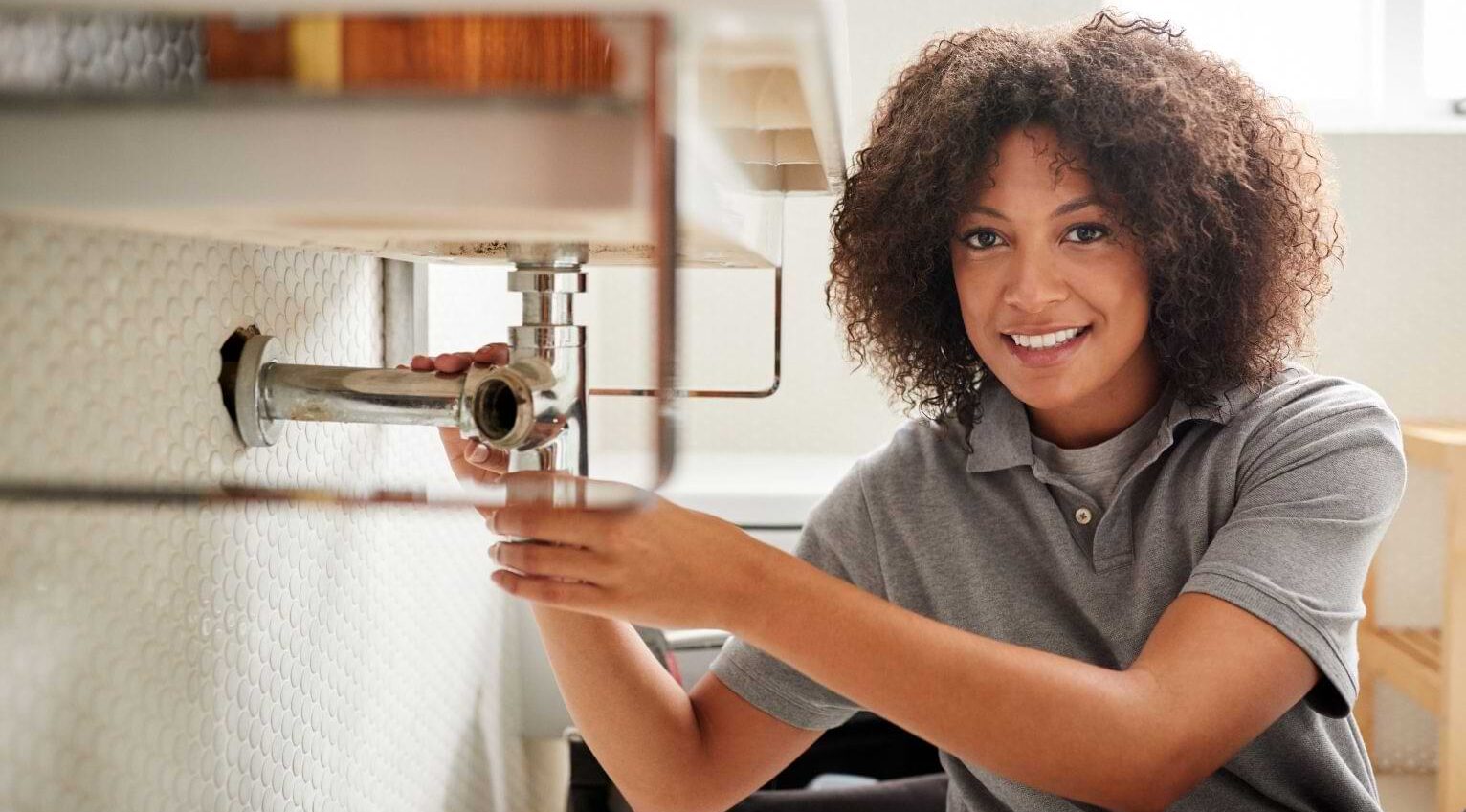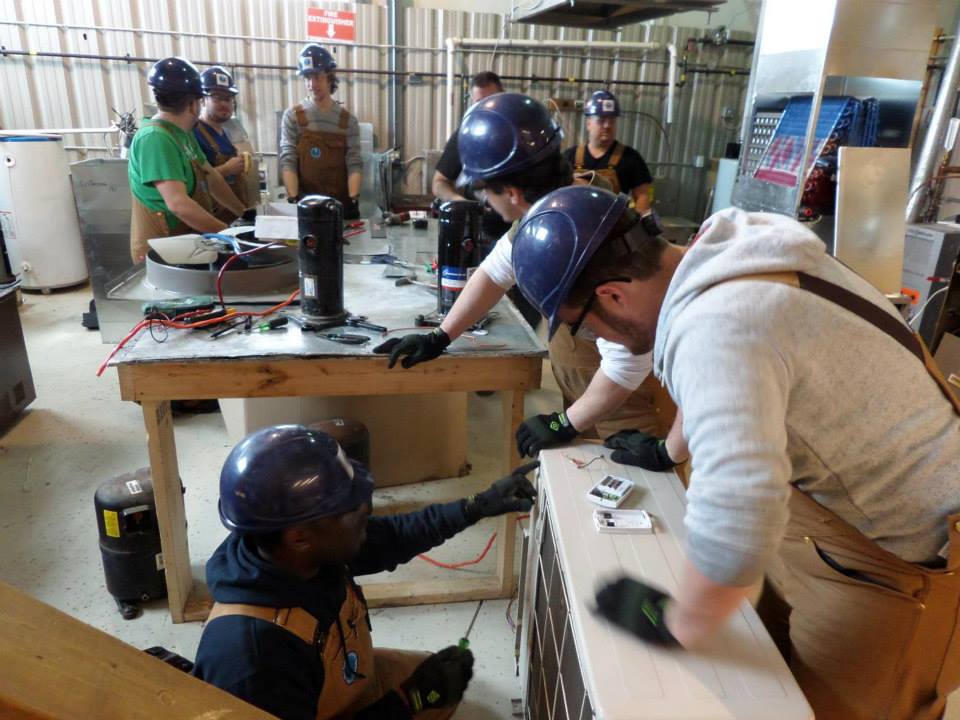Vital Plumbing Alabaster AL Tips for Homeowners
Vital Plumbing Alabaster AL Tips for Homeowners
Blog Article
A Detailed Guide to Efficient Water Heater Installment for Ideal Performance
Starting the job of setting up a water heating unit is a venture that requires accuracy and a systematic strategy for attaining ideal performance. The procedure begins with the critical choice of picking the proper heater customized to the certain needs of your house, taking into consideration aspects such as type, power, and size source. As soon as selected, preparing the installation area to meet safety standards is paramount. Nonetheless, the journey does not finish below. As you continue, the details of linking supply of water lines and establishing reliable electric or gas connections wait for, appealing insights right into ensuring efficiency and reliability.
Choosing the Right Water Heating System

Following, take into consideration the dimension and ability of the hot water heater. It's essential to assess your family's hot water requirements, which can vary based on the number of residents and their use patterns. A device that's as well small may result in insufficient warm water, while an extra-large model could result in unneeded power usage.
Efficiency rankings additionally play a pivotal duty in option. Seek water heating systems with high Power Factor (EF) rankings, suggesting superior efficiency and lowered power use. Tankless models, though normally much more expensive in advance, offer substantial energy financial savings over time as a result of their on-demand home heating capabilities.
Preparing the Setup Area
Before setting up a brand-new water heating unit, thorough preparation of the installment area is necessary. It's important to gauge the space meticulously to accommodate the water heating unit's measurements, guaranteeing ample clearance around the unit for effective procedure and servicing.
Inspect the floor for stability, as the water heater will need a strong, degree surface area to run successfully. If required, set up a drip pan beneath the device to capture prospective leaks or spills, stopping water damages to the surrounding area.
Furthermore, guarantee that all required tools and products get on hand prior to beginning the setup. This includes items such as wrenches, screwdrivers, a degree, and any extra equipment required for placing and securing the heater. A well-prepared installment location establishes the foundation for a successful hot water heater configuration, optimizing efficiency and security.
Connecting Water System Lines
When connecting water lines to your recently installed hot water heater, it is essential to make sure that all connections are leak-free and protected to keep effective operation and stop water damage. Begin by recognizing the hot and cool supply of water lines. The cool water inlet is usually noted with a blue label or a "C", while the warm water outlet is noted with a red label or an "H".
Use adaptable water heating unit adapters to help with a less complicated setup procedure. These connectors can take in resonance and allow for mild movement, minimizing the threat of leaks. Prior to affixing the connectors, place a plumber's tape around the threaded ends of the water heating system's inlet and electrical outlet pipes - Drain Cleaning Alabaster AL. This tape works as a sealant, avoiding leakages. Meticulously connect the versatile tubes to the respective inlet and outlet, making sure that they are limited yet not over-tightened, which might harm the strings.
When links remain in area, gradually switch on the major water shutoff. Evaluate each link for leakages by aesthetically examining and really feeling for wetness. Tighten up connections as required, and guarantee the pressure relief valve is correctly installed, safeguarding against excessive stress accumulation.
Setting Up Electric or Gas Connections
Correctly setting up the electrical or gas links for your water heater is an essential step to ensure secure and reliable operation. For electric water heating systems, start by confirming that the electrical circuit works with the heating system's voltage and amperage demands. Guarantee the power supply find out here is switched off at the breaker to stop accidents. Attach the electric wires to the heater adhering to the producer's wiring layout. Normally, this includes connecting the ground cord to the eco-friendly terminal, and the remaining cords to their matching terminals, securing each with cord nuts.
For gas hot water heater, safety is critical. Validate that the gas supply is off before continuing. Connect the gas line to the water heating unit using a versatile gas adapter, ensuring it is correctly threaded and secured with pipe joint visit this site compound or Teflon tape appropriate for gas links. Tighten the connections with a wrench, taking treatment not to over-tighten (Plumbing Services Alabaster AL).
When connections are made, check for any kind of potential leaks. For gas lines, apply a soapy water service to the joints; bubbles suggest a leakage. For electric links, ascertain that all wiring is secure and correctly protected, preserving conformity with neighborhood electric codes.
Examining and Adjusting for Efficiency
With the electric and gas connections securely in place, the following step is assessing the functional performance of your water heating unit. Begin by thoroughly turning on the water supply and making certain there are no leaks at any of the shutoffs or joints.
Next, carry out an extensive inspection to make certain the burner or gas heaters are working correctly. For electrical heating units, use a multimeter to validate if the aspects are drawing the ideal present. In gas models, observe the heater flame; it needs to be stable and blue, indicating reliable combustion.
Adjust the setups as required to remove ineffectiveness. Consider applying insulation procedures, such as adding a water heating system blanket, to additionally improve efficiency by decreasing warm loss. Additionally, inspect the anode rod's condition, as a deteriorated pole can decrease efficiency and lead to container rust.
Conclusion
Reliable water heating unit installment is essential for making sure optimal efficiency and power savings. Securely linking water supply lines and very carefully setting up electric or gas connections reduce prospective problems.

Correctly setting up the electrical or gas links for your water heating unit is a crucial step to guarantee risk-free and effective operation. For electrical water heating units, start by confirming that the electric circuit is suitable with the heating unit's voltage and amperage needs. Attach the gas line to the water heating system making use of a flexible gas connector, ensuring it is correctly threaded and sealed with pipe joint compound or Teflon tape suitable for gas connections.
Report this page